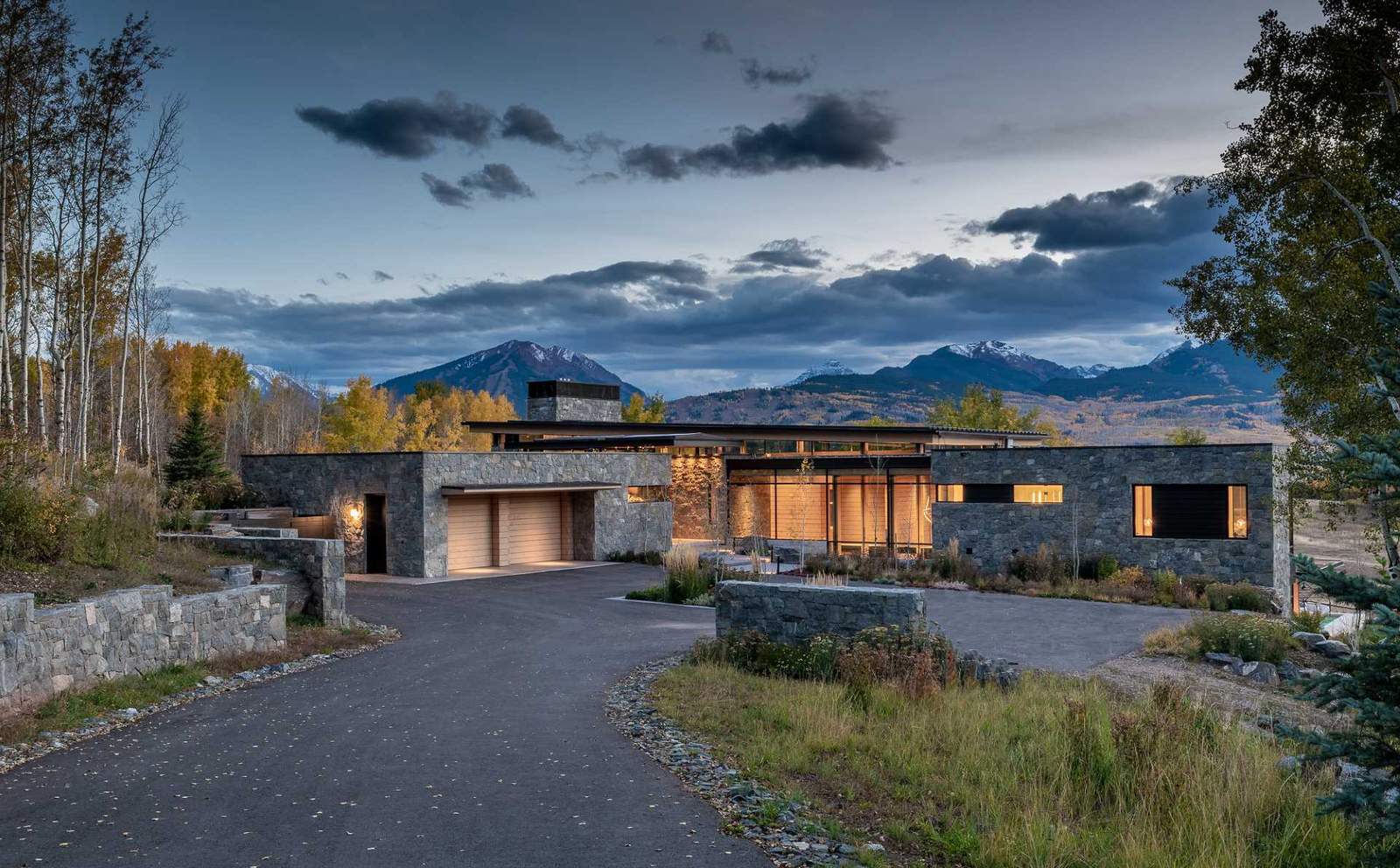The Shard is one of the most prominent architectural landmarks in London, blending innovative engineering with multifunctional spaces that cater to everyday needs. In this article, we will explore the history and design of the tower, its key features, and its impact on the city. We will also discuss some of the challenges faced during its development and its significance as an urban hub that embodies the concept of a “vertical city.” Finally, we will conclude with a FAQ section and a summary table highlighting the main points.


History of The Shard
Construction of The Shard began in 2009 after the demolition of the old Southwark Towers, as part of a modern redevelopment project aimed at revitalizing the area south of the River Thames. Initially, there were objections from cultural bodies regarding the location, but support from the Mayor of London helped move the project forward.
The project faced financial challenges due to global economic crises at the time. However, Qatari investors provided the necessary funding to complete the construction. The project took about three years, officially opening in 2012, making it the tallest building in London at a height of 309.6 meters, surpassing One Canada Square, which had previously held the title.
Design and Construction
The tower’s design is characterized by its glass structure, which reflects light uniquely, giving it the appearance of a giant shard of glass piercing the sky. The construction method was also innovative; engineers used a top-down technique, the first of its kind in the UK.
The cranes used for construction were pre-manufactured in Yorkshire and were the tallest ever used in the UK at the time. The building consists of 95 floors, housing offices, a luxury hotel, restaurants, residential apartments, and observation decks offering panoramic views of the city.


Key Features of The Shard
Observation Decks
Floors 68 and 69 serve as observation decks known as “The View from The Shard,” offering 360-degree views of London. On clear days, visitors can see famous landmarks such as St. Paul’s Cathedral, the Tower of London, Big Ben, and even up to 40 miles away. Floor 72 is open to the elements, allowing visitors to feel the natural breeze while enjoying unobstructed views.
Virtual Reality Experience
In addition to the real view, the tower offers a unique experience using virtual reality headsets. Visitors can simulate a 100 mph virtual slide down the side of the building—a thrilling yet completely safe experience.
Multiple Uses
The building serves a variety of functions:
- Lower floors: Office spaces.
- Middle floors: Luxury hotel and restaurants.
- Upper floors: Exclusive residential apartments with exceptional views.

Challenges and Criticism
Despite its significant success, The Shard has not been without criticism. The choice of location sparked debate among cultural organizations, who felt the tower might not fit well within the historic area. Additionally, the building’s height raised questions about its impact on the surrounding urban environment.
ArchUp Opinion:
The Shard is an excellent example of how modern architecture can be integrated into an urban setting, but it is not without flaws. The unique glass design gives the tower a futuristic look, but it may cause issues related to heat and light reflection—something to consider when designing skyscrapers. Furthermore, the heavy focus on commercial and luxury uses might make the building less interactive with the local community compared to other mixed-use structures.
Impact on London
The Shard has enhanced London’s status as a global city with advanced architecture. It has also become an attractive destination for both tourists and locals. The building embodies the concept of a “vertical city,” combining work, living, and leisure in one place, reducing the need for long commutes.

Frequently Asked Questions (FAQ)
- What is the height of The Shard?
The building stands at 309.6 meters tall. - Can visitors go up the tower?
Yes, observation decks are open to the public. - What are the main landmarks visible from the tower?
Visitors can see St. Paul’s Cathedral, Big Ben, and the Tower of London. - Is the building used only for tourism purposes?
No, it includes office spaces, a hotel, restaurants, and residential apartments. - What impact has the tower had on the Southwark area?
It has helped revitalize the area, making it a vibrant urban destination.
Summary Table of Key Points
| Topic | Details |
|---|---|
| Height | 309.6 meters, tallest building in London |
| Location | South of the River Thames, Southwark area |
| Uses | Offices, hotel, restaurants, residential apartments, observation decks |
| Observation Decks | Floors 68 and 69 with 360-degree panoramic views |
| Virtual Experience | Simulated 100 mph virtual slide |
| Challenges | Cultural objections, financial difficulties, environmental concerns |
In conclusion,
The Shard is more than just a skyscraper; it is a symbol of modern architectural evolution in London. While it offers numerous advantages in terms of multifunctionality and stunning views, it also faces challenges that call for a balance between modern design and community engagement.


![6 Best Polyurethane for Floors [Reviewed & Buyer’s Guide]](https://archup.net/wp-content/uploads/2023/03/6-Best-Polyurethane-for-Floors-Reviewed-Buyers-Guide.jpg)
